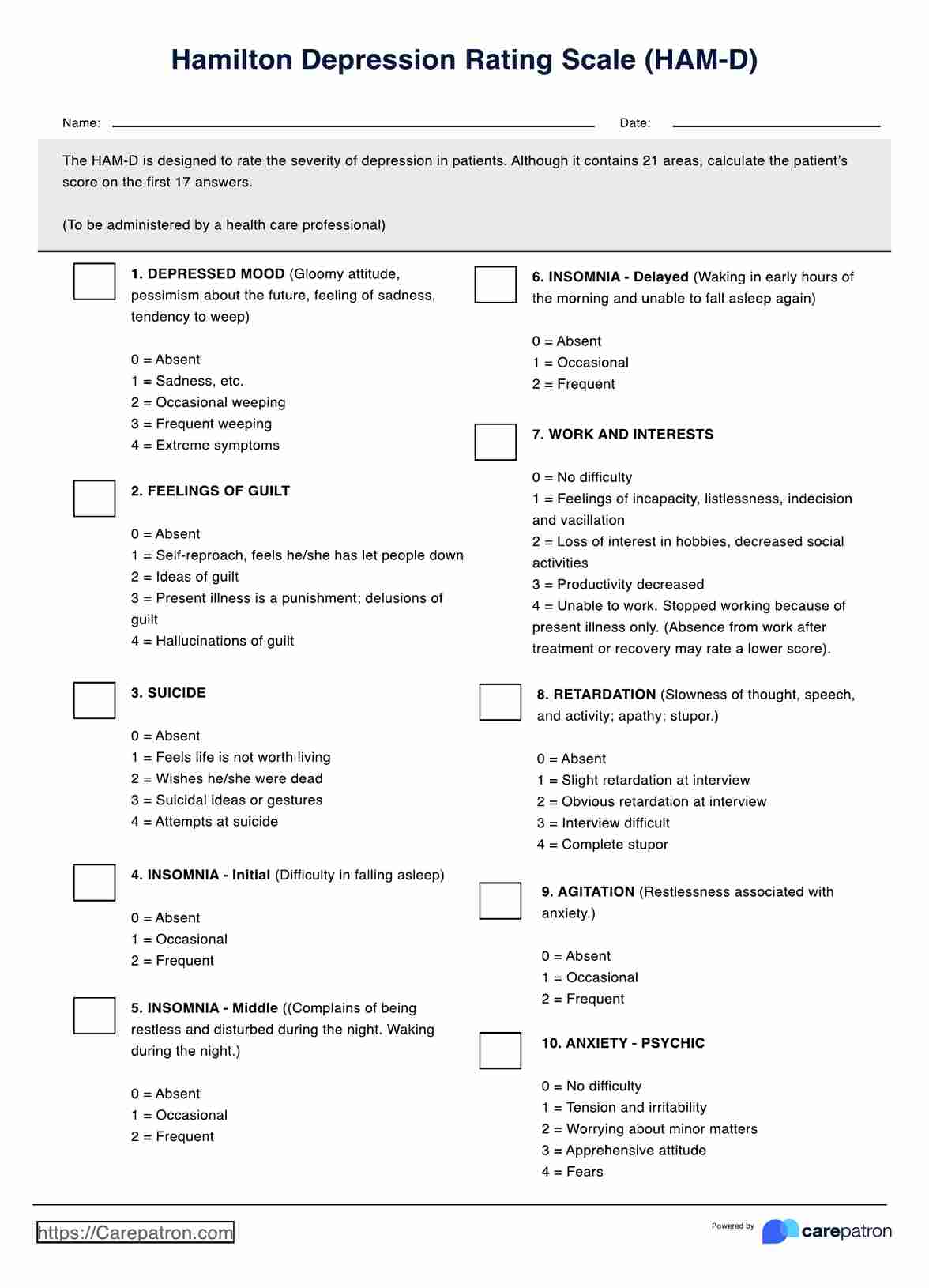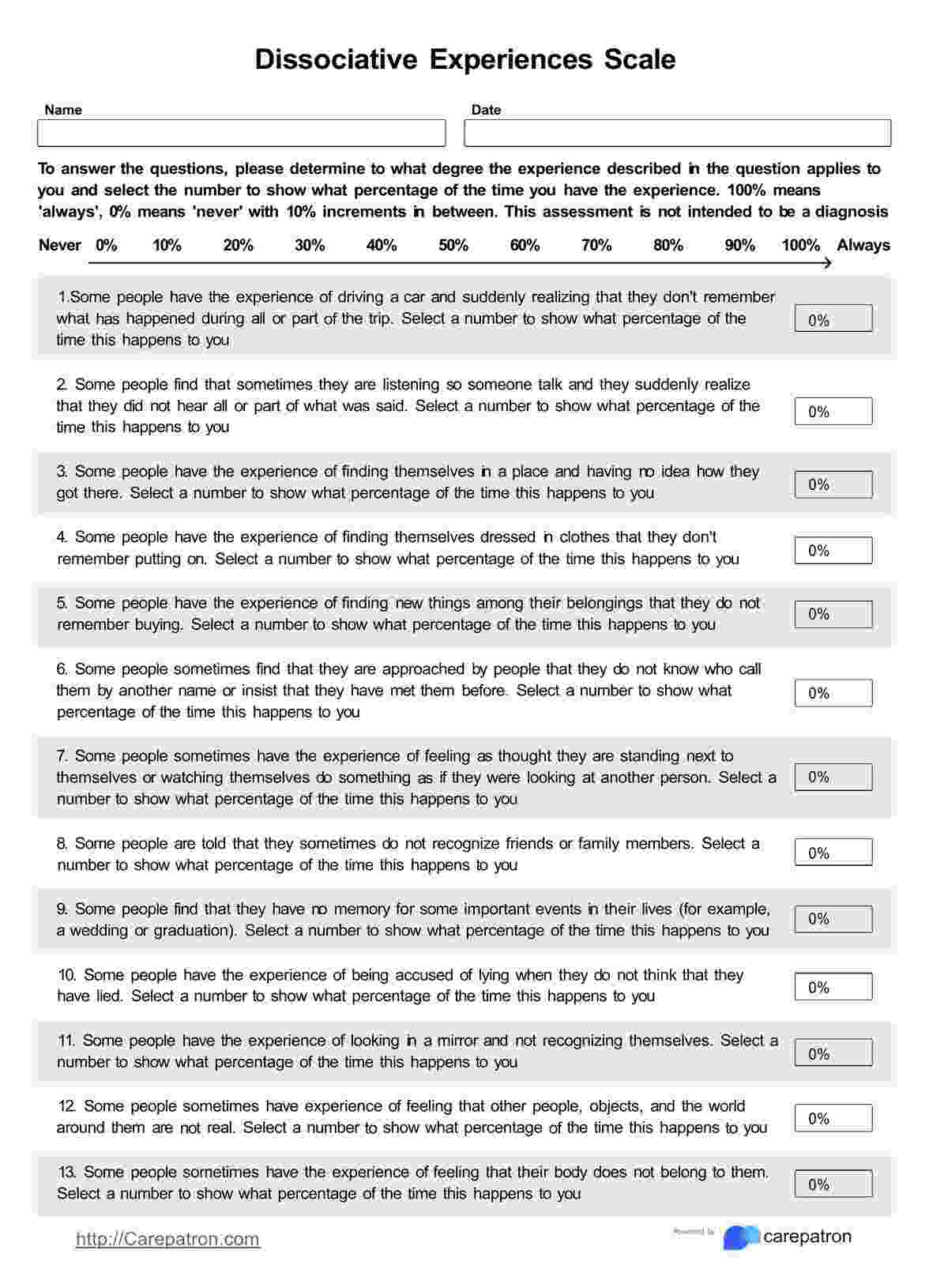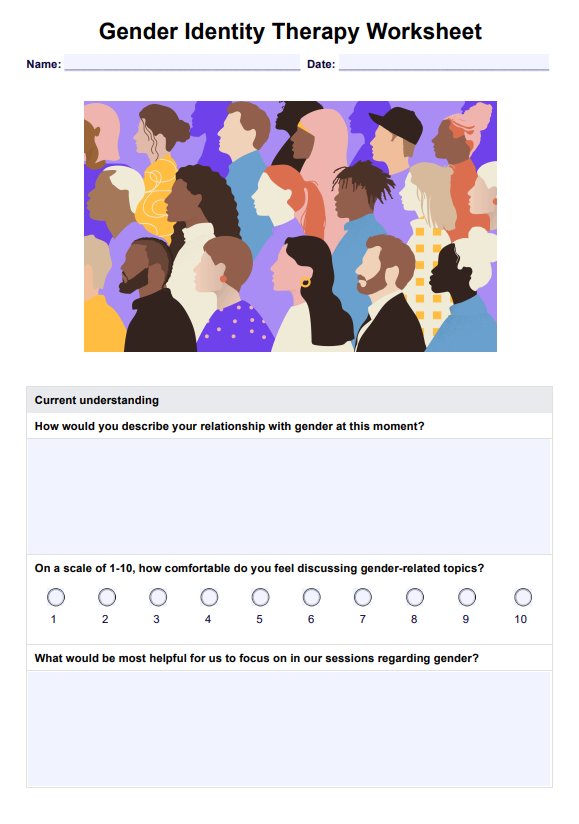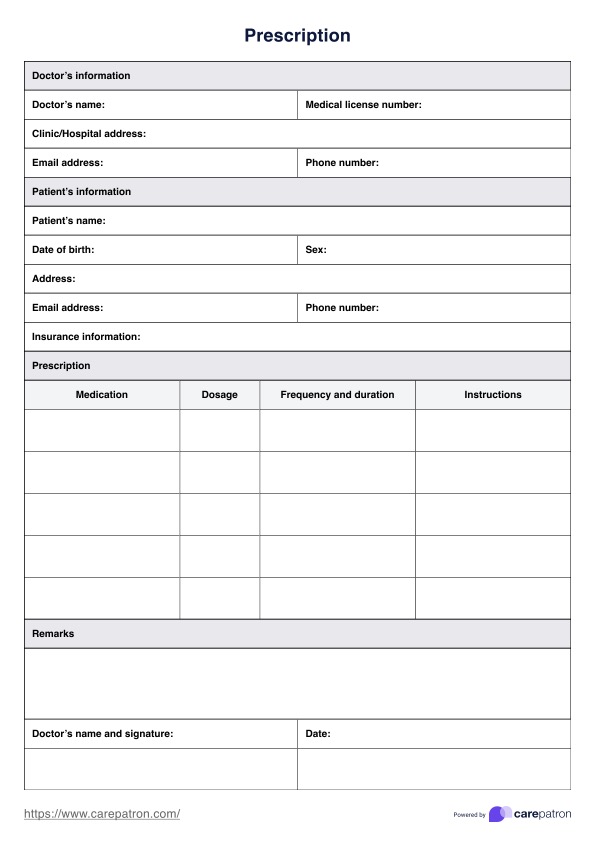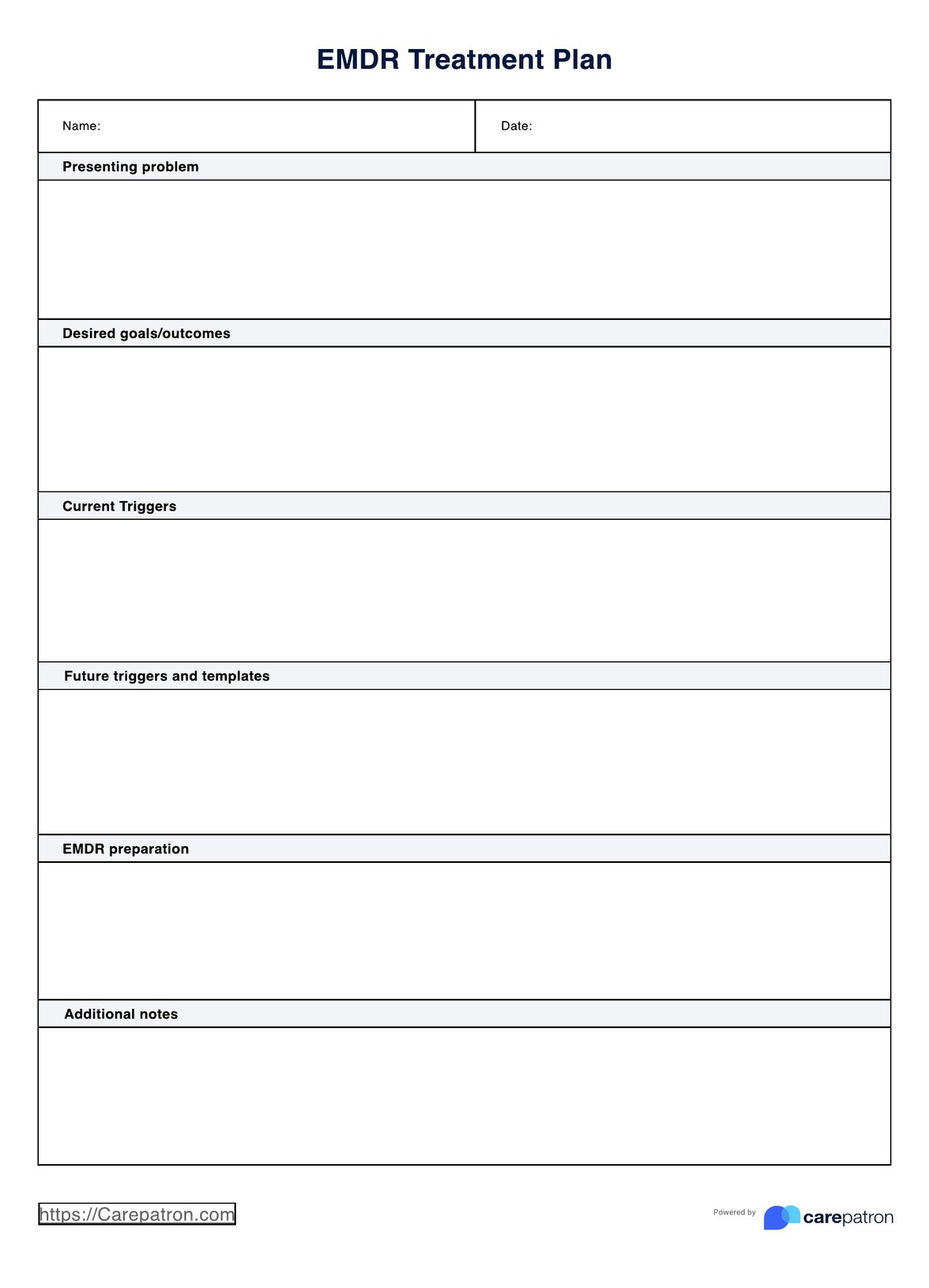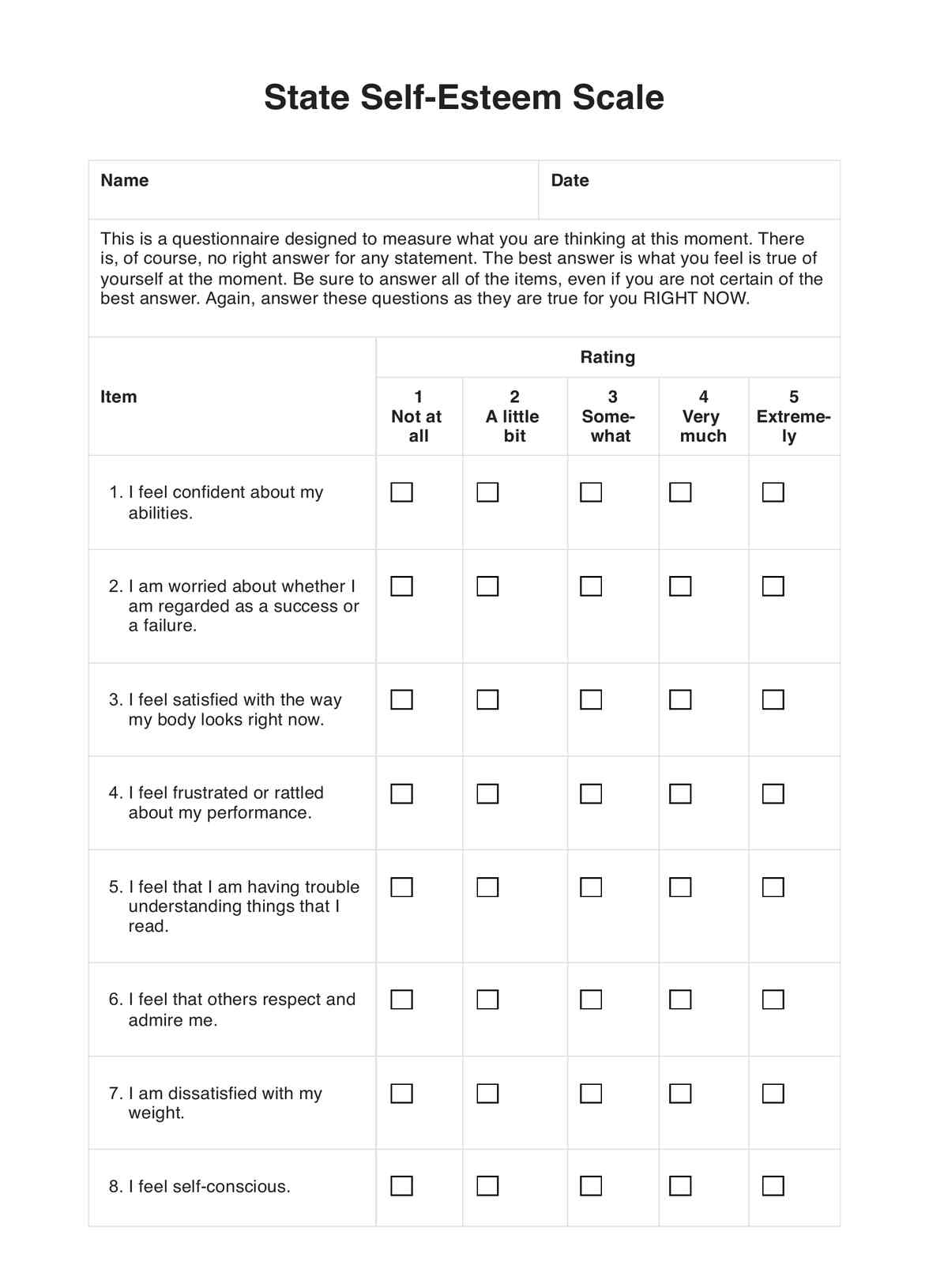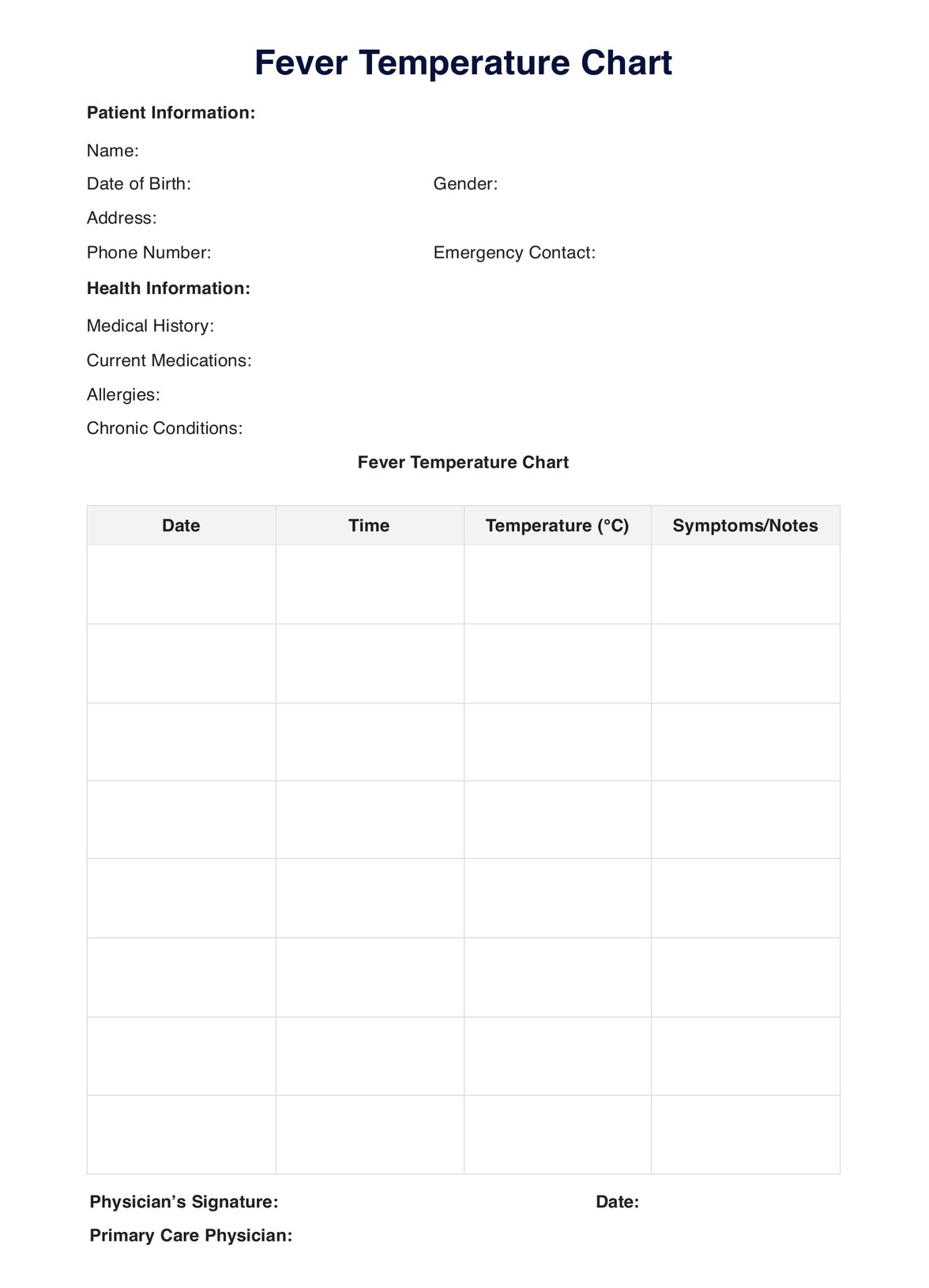ADHD To Do List
Help your clients improve focus and organization with our ADHD To-Do List. Download a free PDF here.


Importance of to-do lists for those with ADHD
Managing daily tasks and responsibilities presents unique challenges for individuals with attention deficit hyperactivity disorder (ADHD). The unique neurological differences in ADHD brains can affect various aspects of a person's life, including academic performance, occupational success, and interpersonal relationships.
While you may handle all your tasks quite well, ADHD affects executive functioning, which impacts the ability to organize, prioritize, and complete tasks effectively. Having a master to-do list can serve as an essential external support system, helping compensate for these challenges in managing tasks and responsibilities.
ADHD to do list Template
ADHD to do list Example
How to use the ADHD To-Do List template
Effective task management is a cornerstone of ADHD support. A structured to-do list system can be helpful for clients. With that in mind, we have created our ADHD To-Do List template. The following are steps to help clients create to-do lists with this tool.
Step 1: Access our template
Click on "Use template" in this guide to open and customize the template within the Carepatron platform before printing or sending this to clients. Alternatively, you can also click on "Download" to get a fillable PDF copy. From here, you can then introduce the tool to your clients.
Step 2: Introduce the concept of the long list
Begin by creating a comprehensive "long list" that serves as a master list for all non-urgent tasks and ideas. This acts as a cognitive offloading tool, reducing the mental burden of remembering multiple responsibilities and to-do items.
Step 3: Identify daily priorities
From the long list, help individuals select and transfer only the most essential tasks to the "short list" section. This task prioritization approach prevents overwhelm by limiting daily tasks to important tasks that must be accomplished within the immediate 24-hour period. This can also help by breaking down complex tasks and tackling them with only a single step at a time.
Step 4: Map time-sensitive commitments
The calendar list component is designed to schedule appointments and their associated preparation time. Encourage clients to include the main event and the necessary preparation steps in the task list, creating a more comprehensive time management strategy.
Step 5: Document recurring routines
The routine list section establishes consistent patterns for regular tasks and processes. This component helps build sustainable habits by breaking down recurring activities into clear, step-by-step procedures.
The benefits of a to-do list for people with ADHD
Using a to-do list can be incredibly beneficial for individuals with ADHD. It provides structure and a visual reminder of tasks, which are essential to help maintain focus and efficiency in accomplishing tasks. Here are some key benefits:
Enhances focus
A to-do list helps narrow focus to specific tasks, reducing the overwhelm caused by many thoughts and responsibilities. It guides the individual to concentrate on one task at a time.
Increases organization
People with ADHD often struggle with organization. A to-do list is a tool for organizing tasks by priority, helping individuals structure their day more effectively.
Provides a sense of achievement
Completing tasks on a to-do list can give a sense of accomplishment. This is particularly important for individuals with ADHD as it reinforces positive behavior and boosts self-esteem.
Aids in time management
For individuals with ADHD, perceiving time and managing it can be challenging. A to-do list helps allocate time to tasks, making time management more tangible and achievable.
Reduces anxiety
Having a clear outline of what needs to be done can reduce anxiety and stress related to forgetting tasks or feeling overwhelmed by too many obligations.
Improves memory
A to-do list is an external memory aid beneficial for individuals with ADHD who may struggle with forgetfulness.
Allows for gamification of tasks
Implementing a to-do list provides an opportunity to gamify tasks, which can be particularly engaging for individuals with ADHD. Turning tasks into a game with rewards or milestones can make daily chores and responsibilities more motivating and fun, increasing adherence and satisfaction in completing tasks.
Using a to-do list can significantly improve daily functioning for those with ADHD, making it a simple yet powerful tool for managing the disorder.
Commonly asked questions
The 1/3/5 rule for ADHD is a productivity strategy that suggests individuals should focus on completing one big, three medium, and five small tasks each day. This approach helps prioritize tasks effectively and prevents overwhelm by breaking down the workload into manageable segments, making it easier for those with ADHD to stay focused and motivated.
To create an effective to-do list for ADHD, keep it short and visually appealing, focusing on specific and achievable tasks that can be completed in 30 minutes or less. Use color coding or numbering to highlight priority items in your to-dos, incorporate visual reminders, and consider using apps designed for ADHD management to help maintain organization and motivation.
The 10-3 rule for ADHD suggests that individuals should aim to complete ten minutes of focused work followed by a three-minute break. This technique helps maintain attention and reduces fatigue by allowing short intervals of productivity interspersed with brief rest periods, which can enhance overall focus and task completion for those with ADHD.


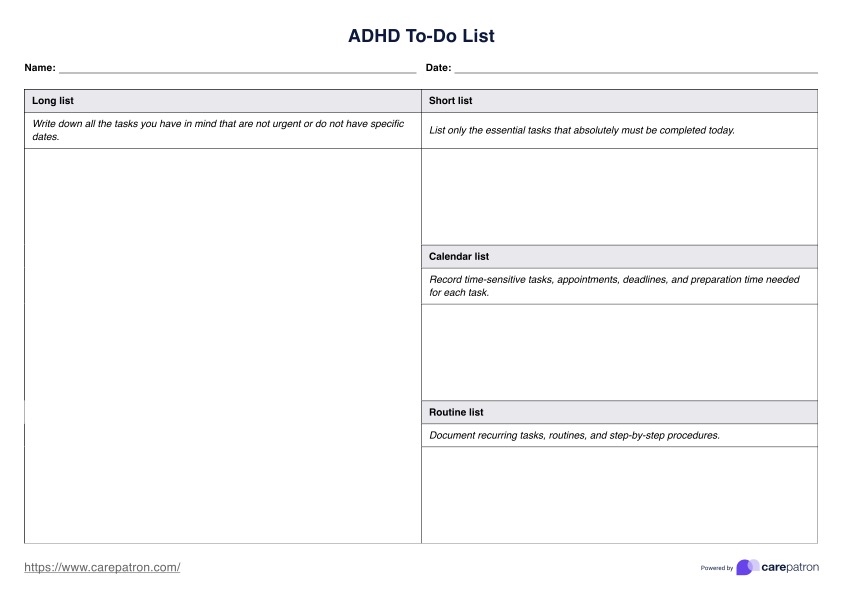
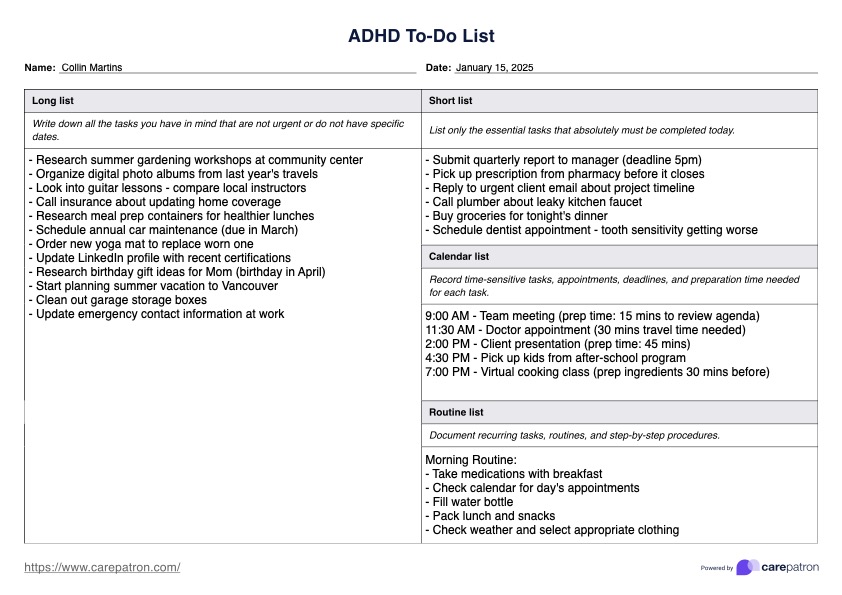

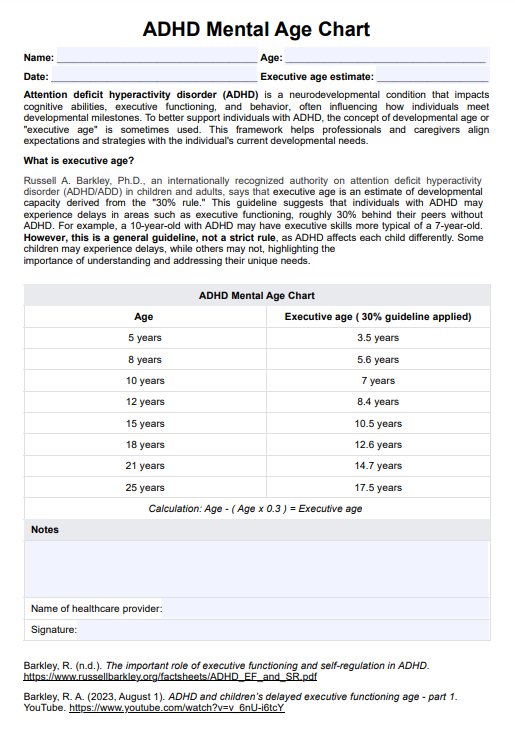
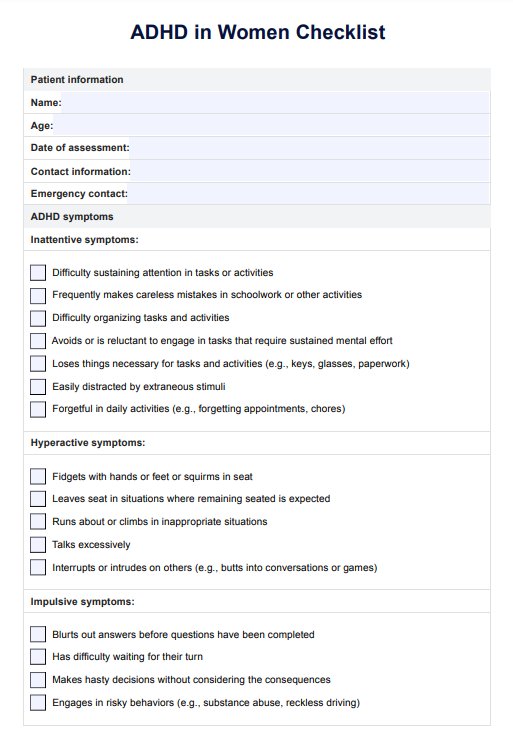
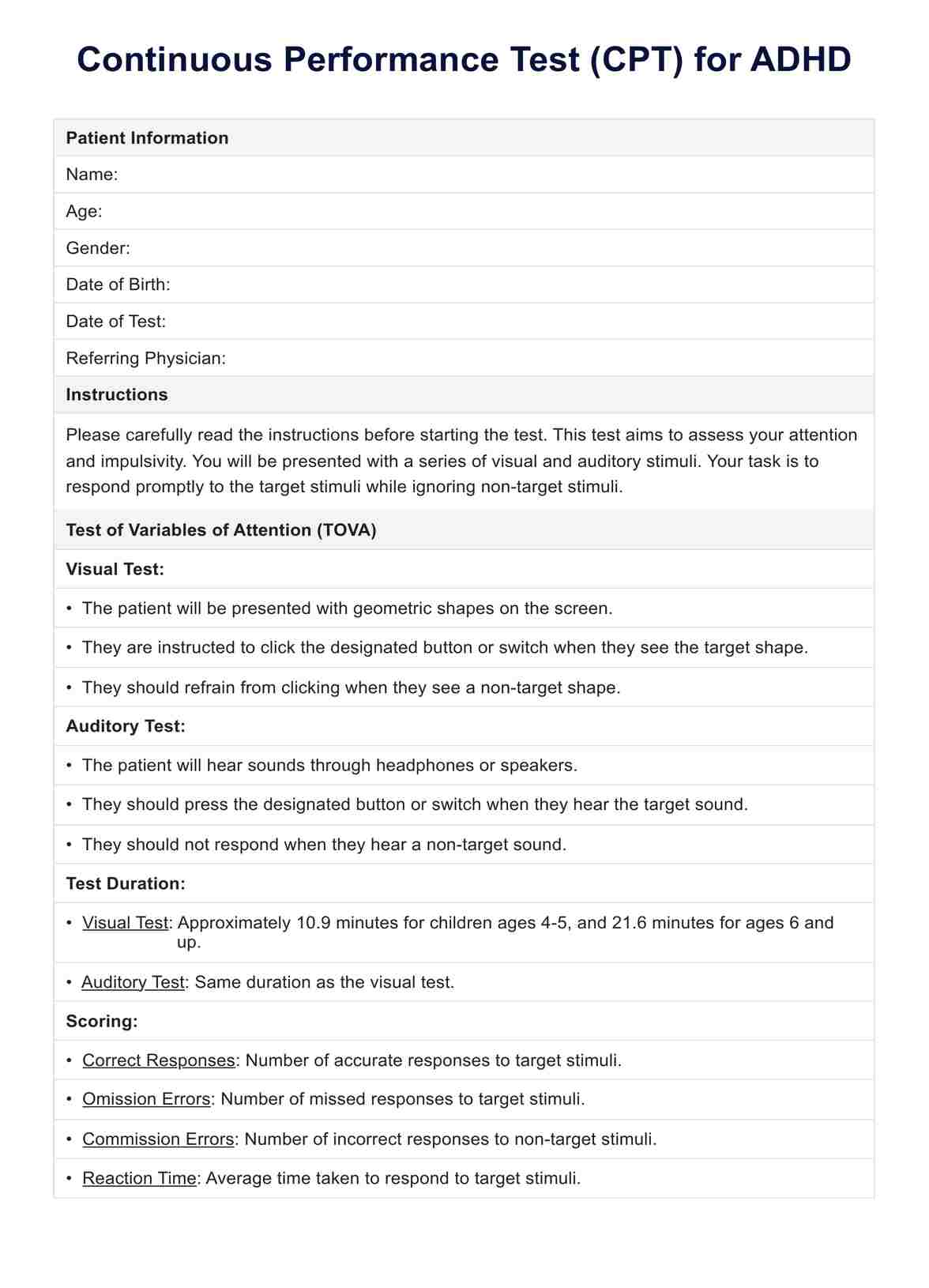
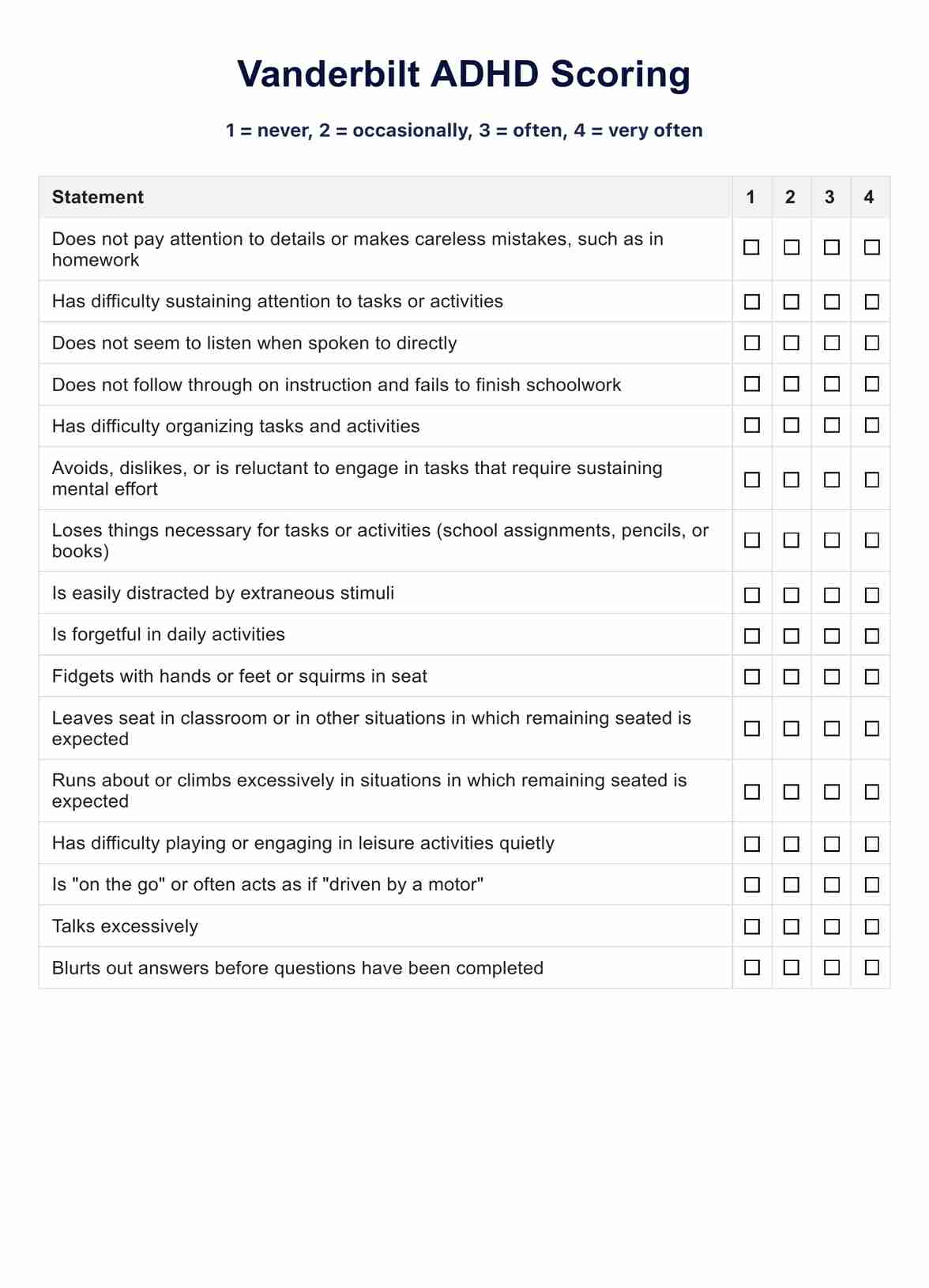
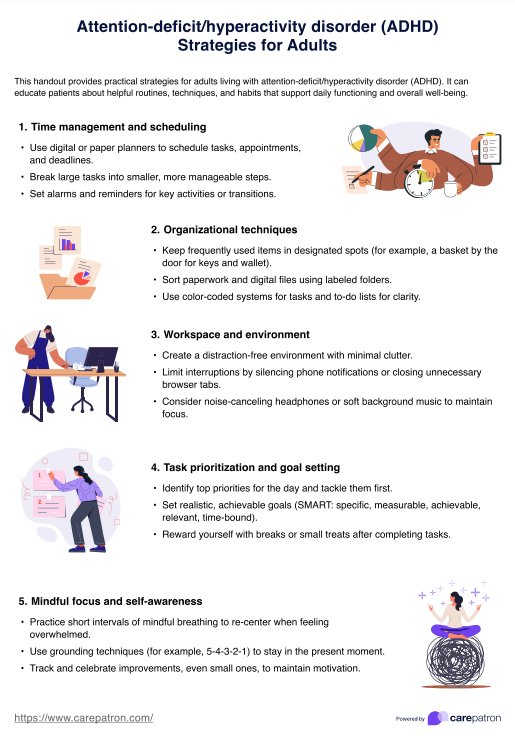
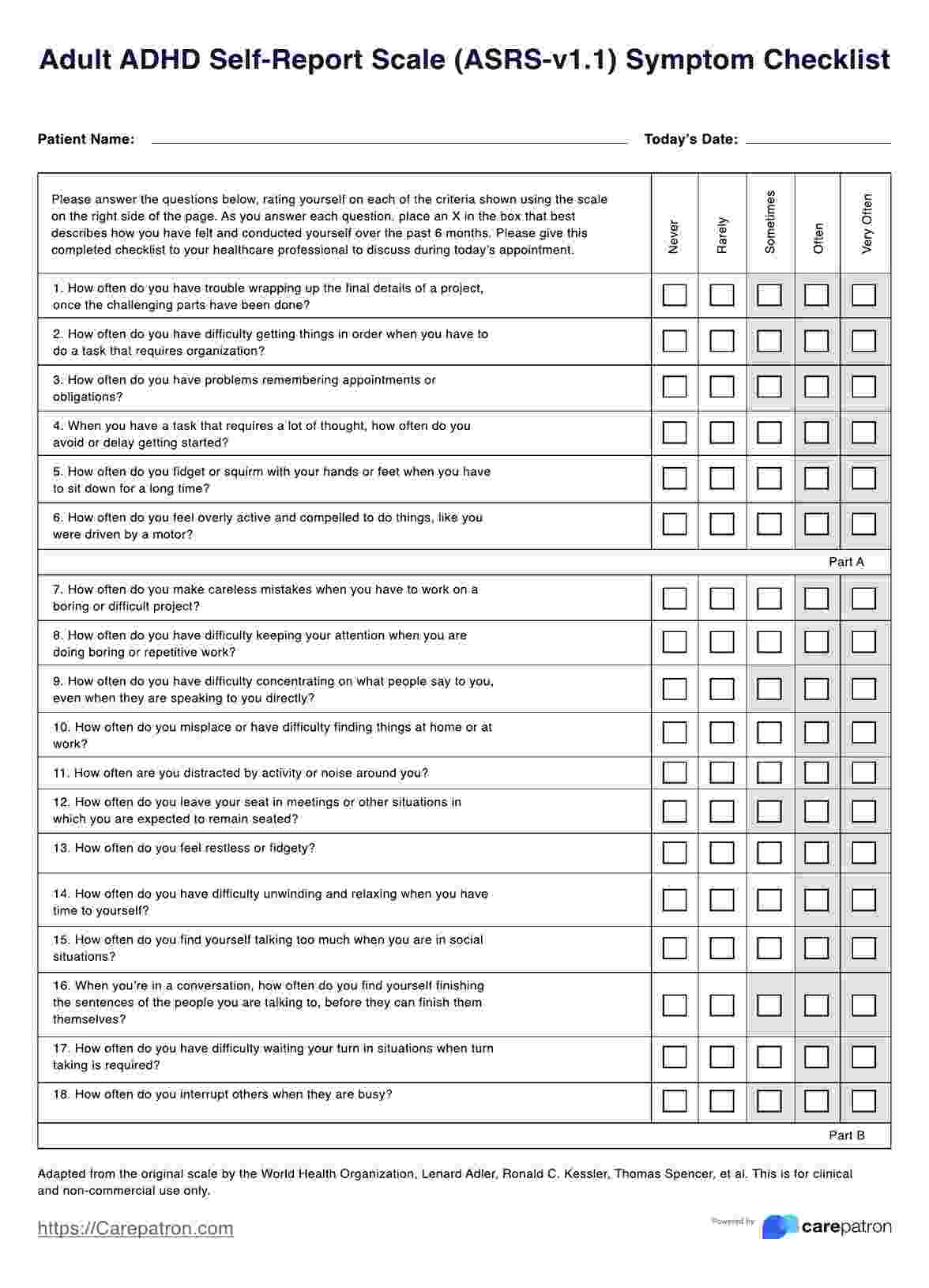
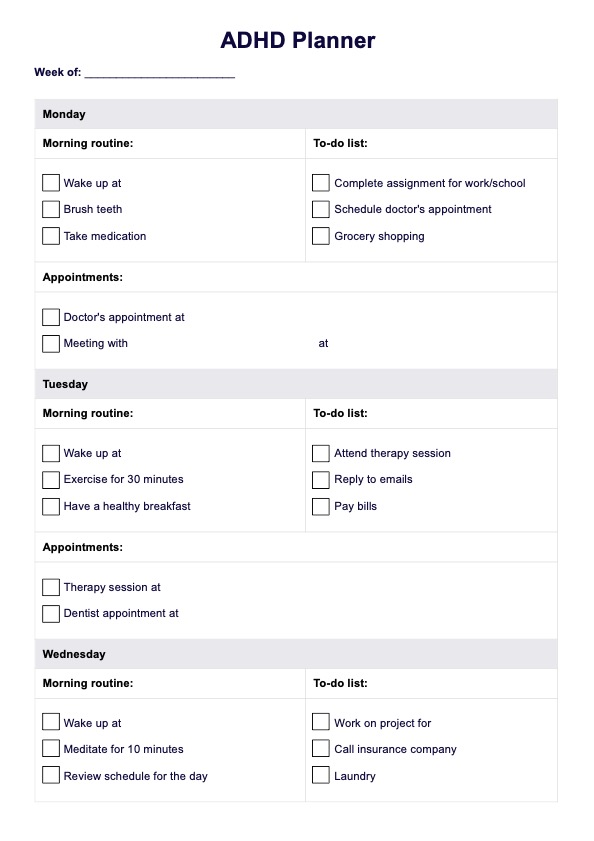
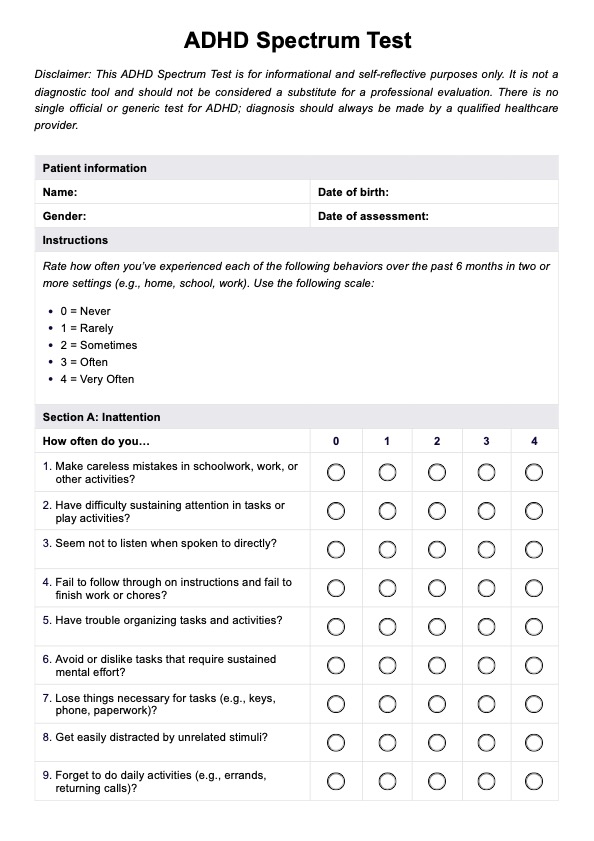
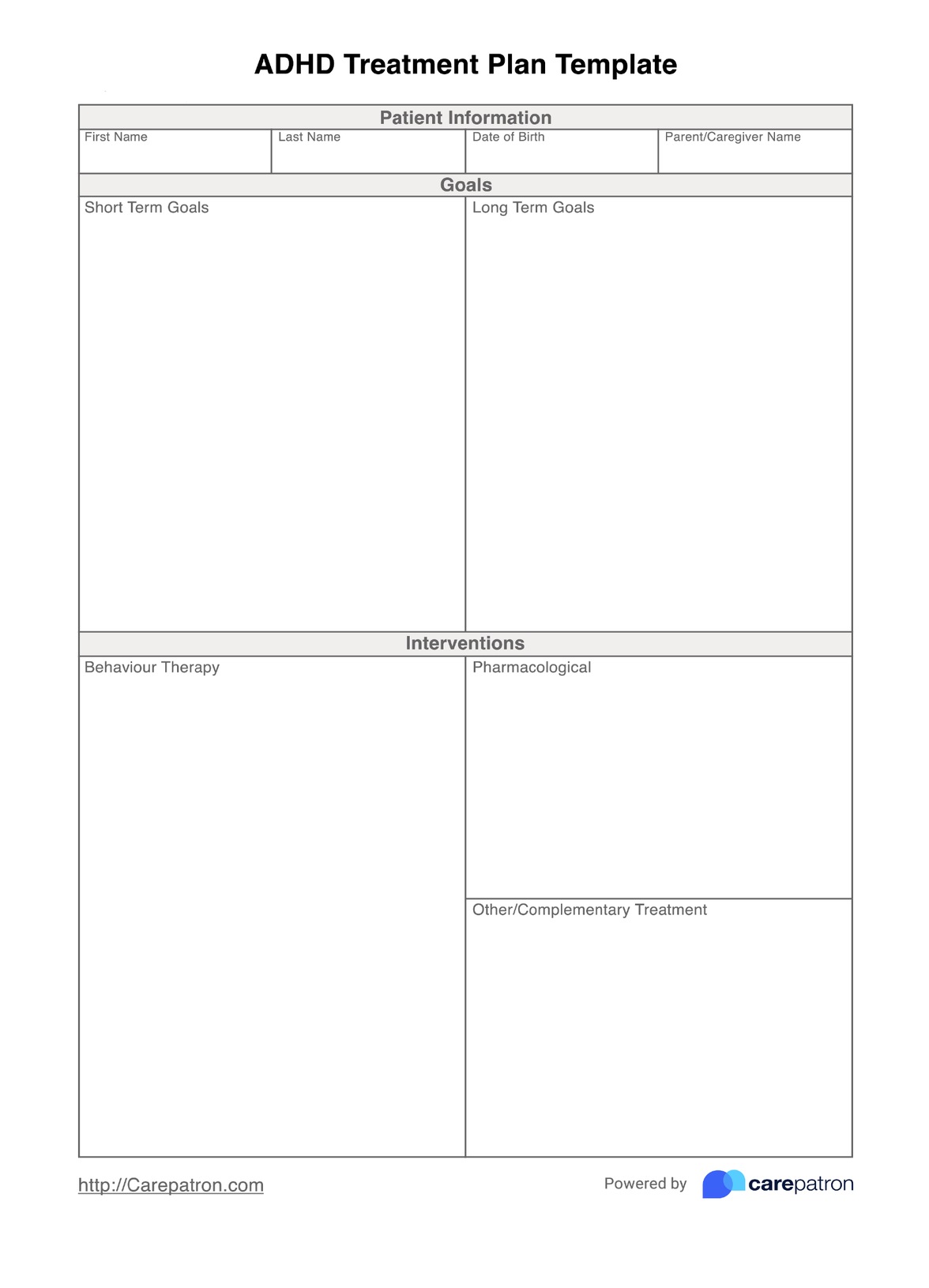
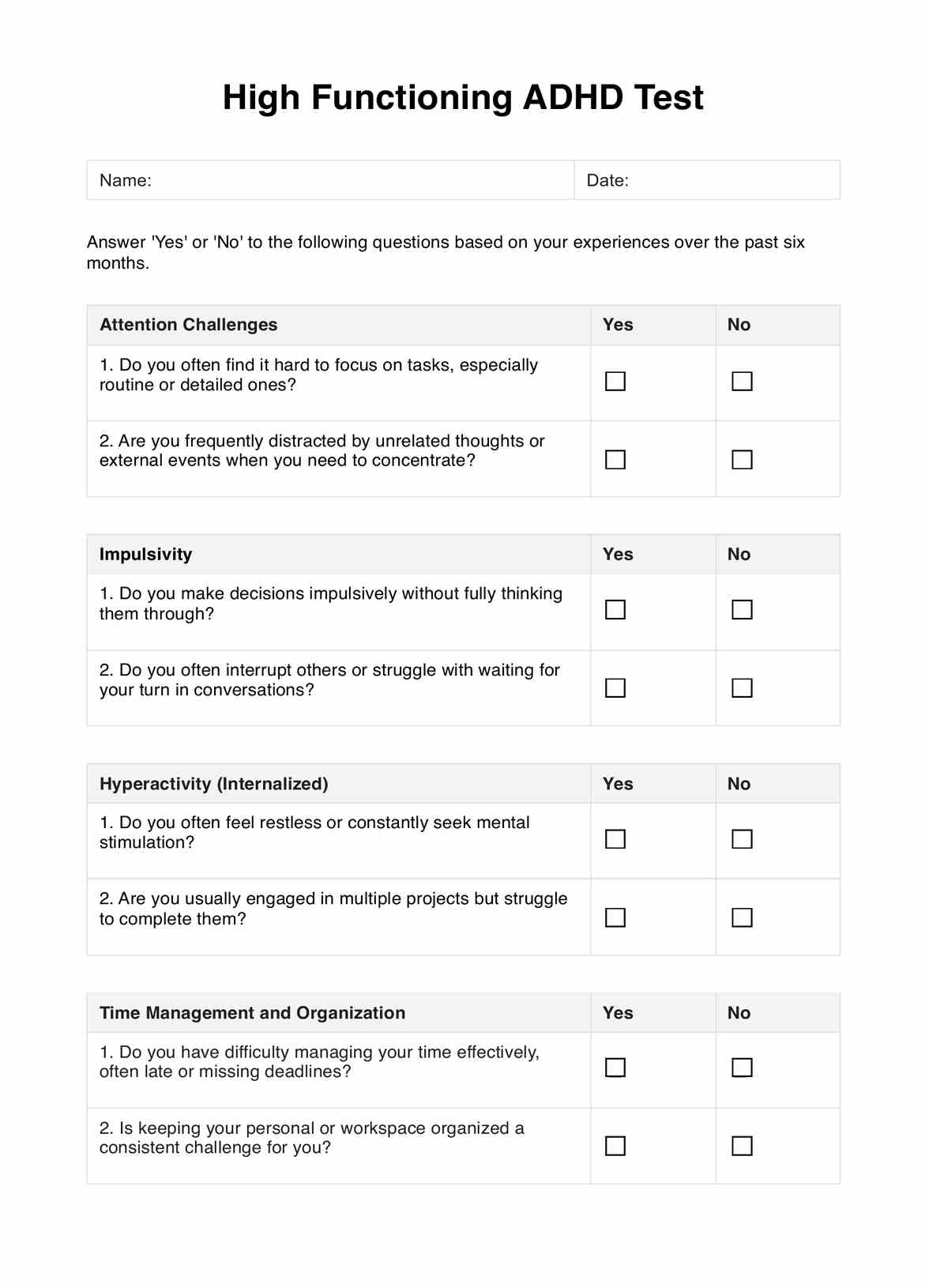
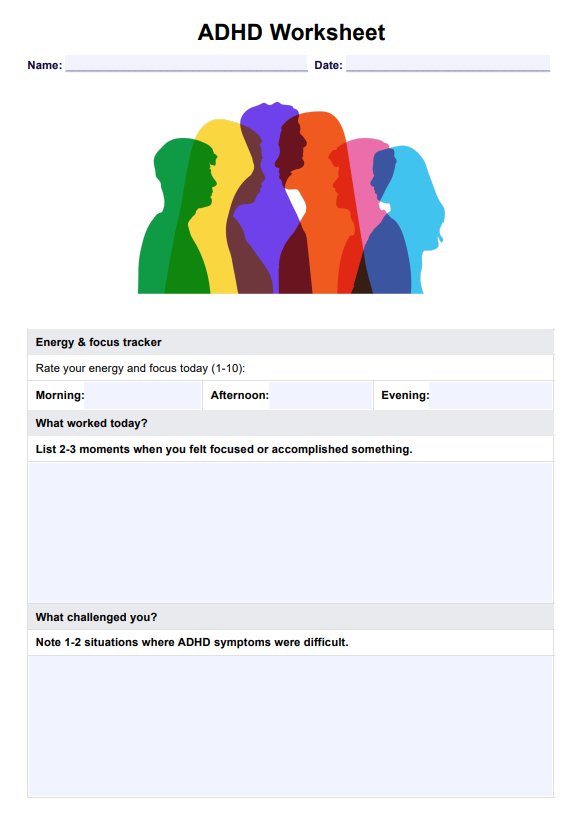
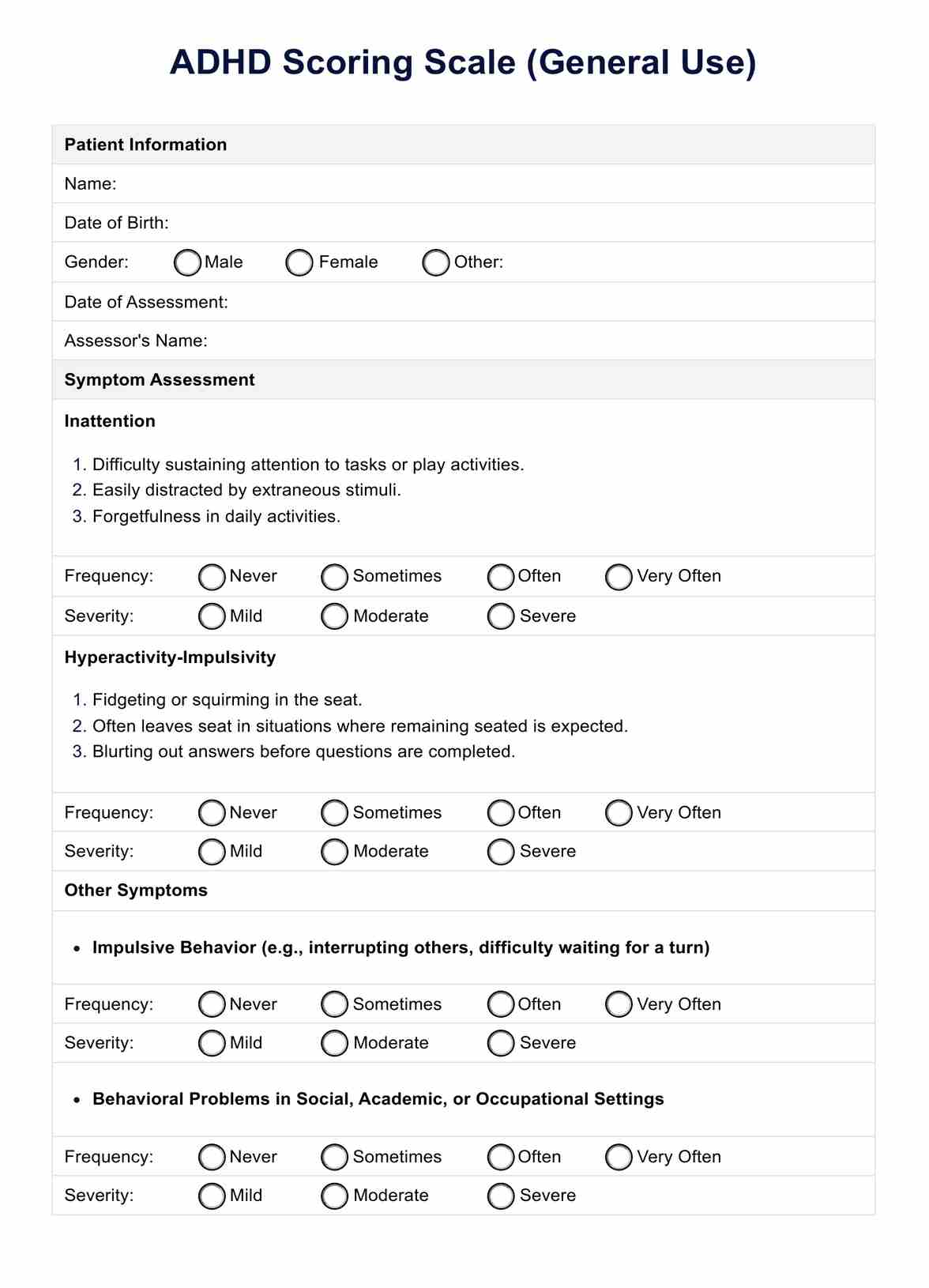
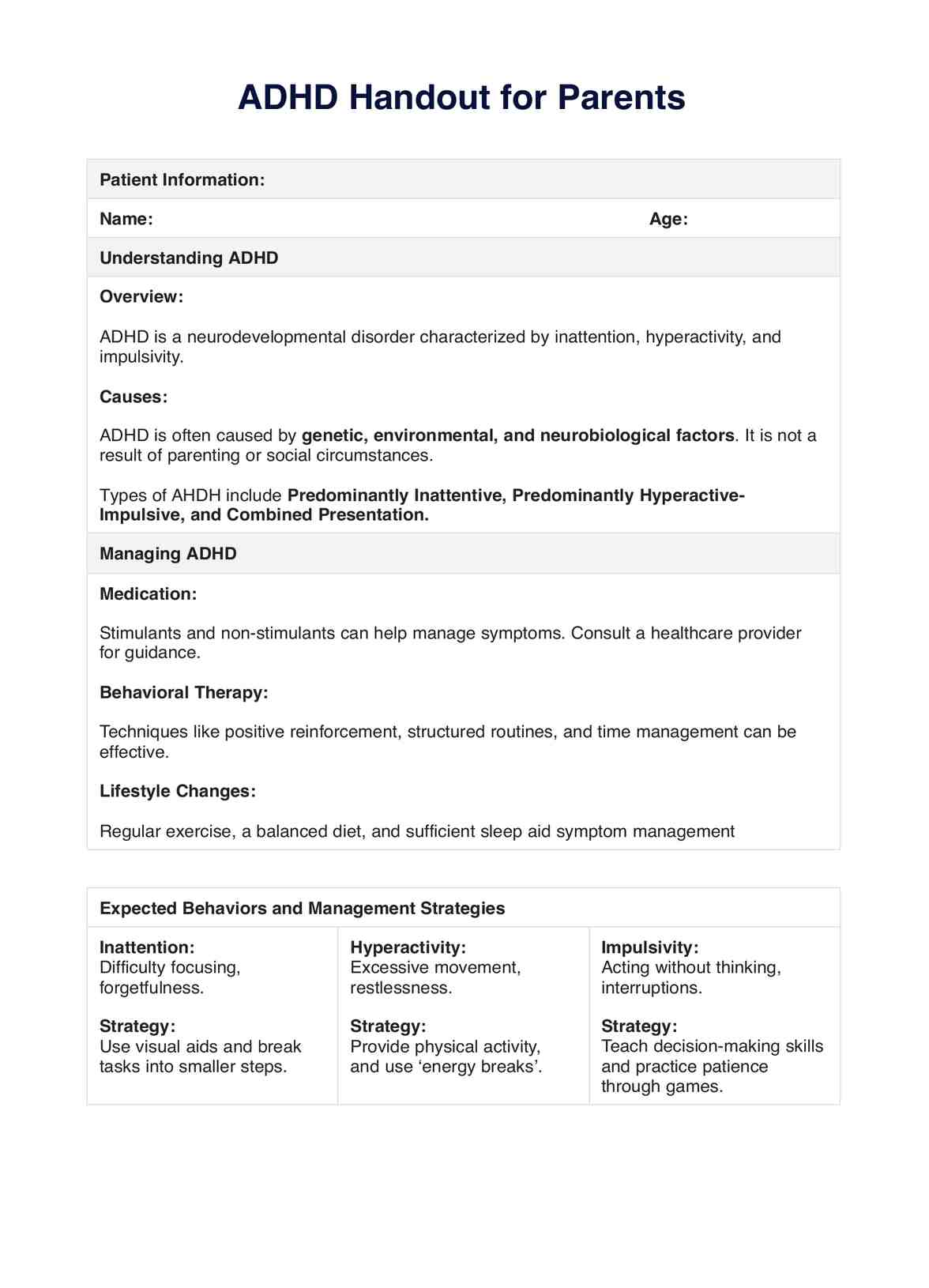
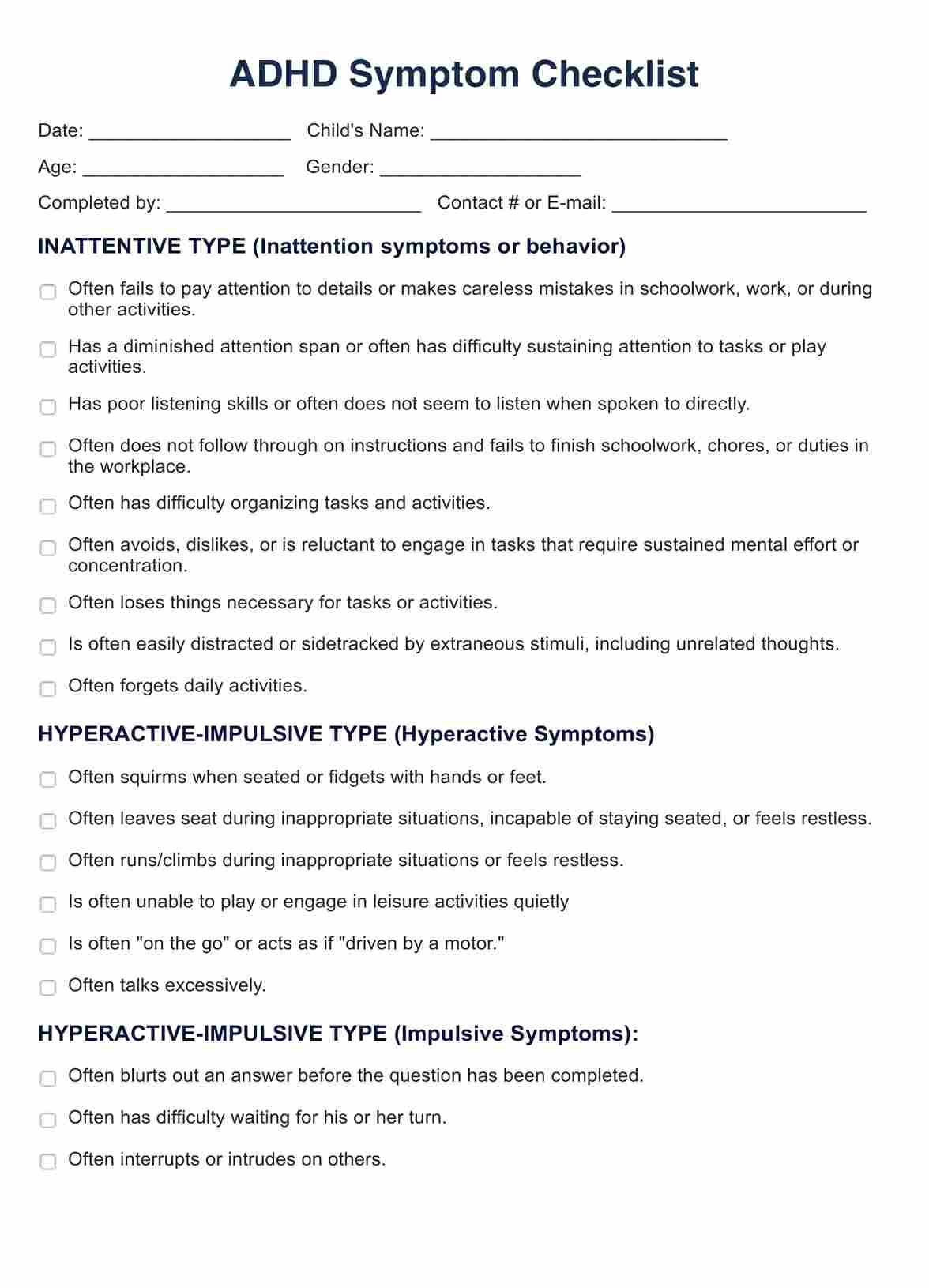
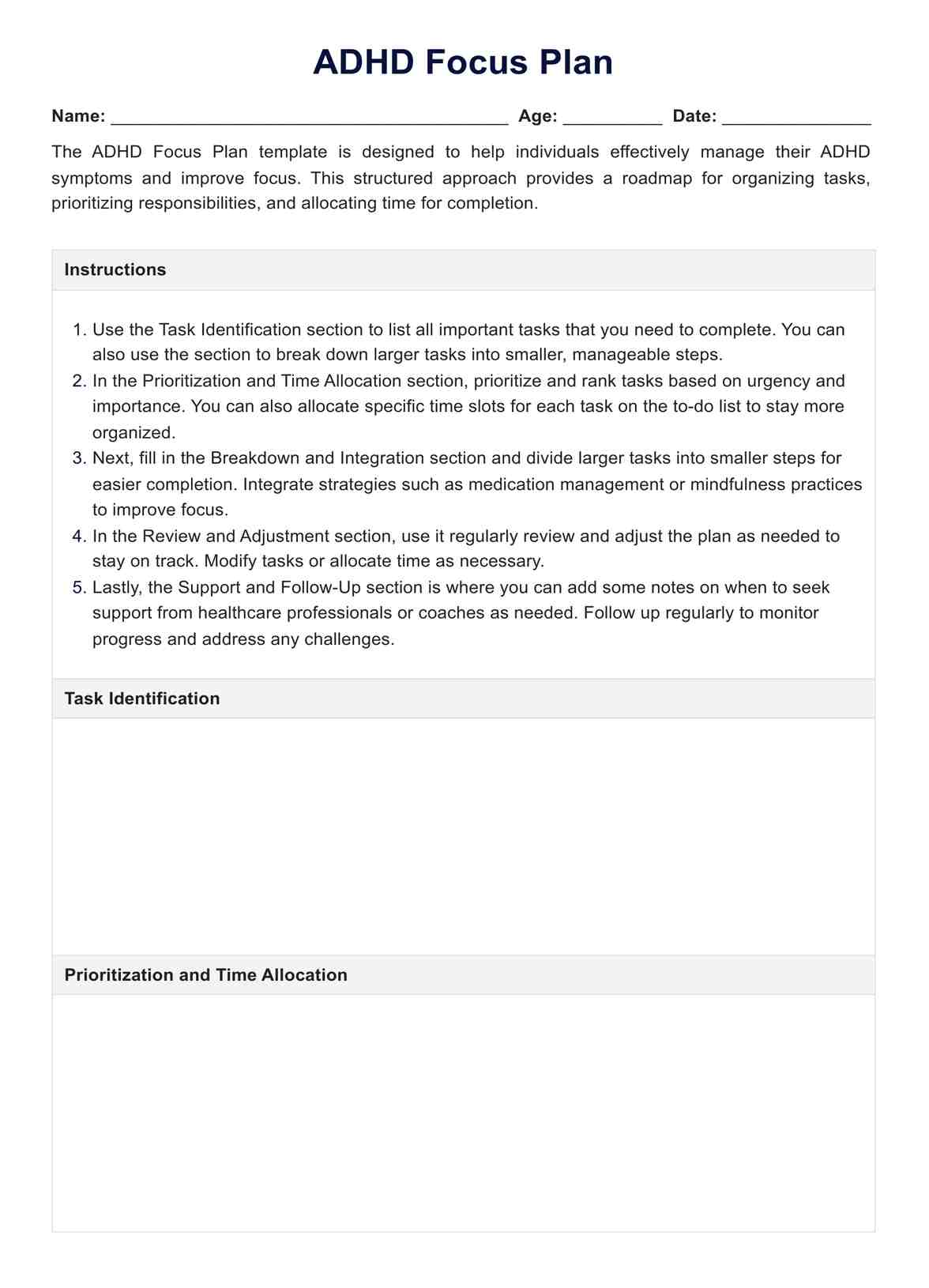
















-template.jpg)



















































































